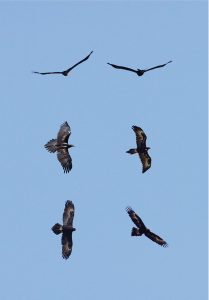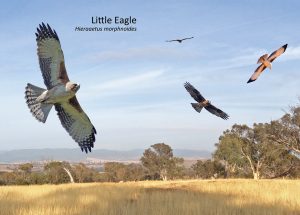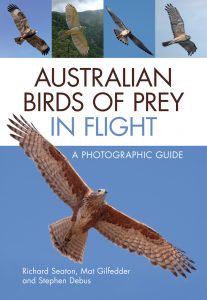Thousands of birders and photographers archive their media every year in the Macaulay Library. Some of these photos are now featured in a new field guide on Australian birds of prey. Mat Gilfedder and his coauthors searched the Macaulay Library for photos of Australian raptors in flight and reached out to each photographer for permission to use their photo in the book. Here’s Mat on his new book.
~~~~~~~~~
As a bird photographer and Chair of the eBird Australia committee, I am passionate about how we can use images to enhance the identification of birds and to improve the practice of bird watching.
The Macaulay Library offers a critical resource because it contains millions of bird images that can be accessed by birders around the world who wish to appreciate the wonders of these glorious creatures.
I recently worked on a book project with Dr Stephen Debus and Dr Rich Seaton that required many images of Australian birds of prey in flight. Tracking down flight shots of raptors at several angles and with consistent poses for all 26 of the regularly recorded birds of prey in Australia was a difficult task.


Thousands of images were donated to the project from almost 50 photographers, including many images sourced through the Macaulay Library (with permission from the photographer). We used a selection of these to prepare a carefully curated set of plates to show each of the 26 Australian bird of prey species from multiple angles, together with maps (derived from eBird data) showing their expected distribution.
The use of many images enabled us to highlight each bird’s subtle differences when in flight – the shape of their tail, the angle of their wings, the and how their feature vary between species. Our aim was to enable birders to use images and observations collected from a range of sources to improve their observation efforts and enhance their bird watching experience.
The book is a great tool for identification, and a great example of the collective power of citizen science in action. We hope it will help inspire eBirders to contribute even higher quality data for understanding and conserving our amazing birds of prey.

Australian Birds of Prey in Flight: A Photographic Guide
Published in USA by CSIRO Publishing (May 31 2019)
The Macaulay Library does not receive proceeds from the sale of this book.


